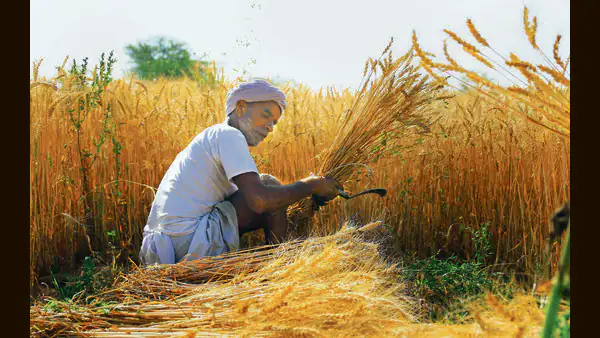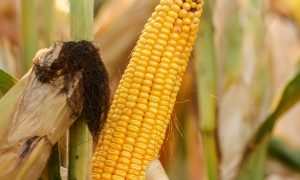Farmers grow significantly less wheat

Heavy rainfall in North Rhine-Westphalia has led to a 15.5% decrease in wheat planting, with 210,400 hectares dedicated to the crop. Wet conditions made fields inaccessible, prompting farmers to opt for alternative crops like maize, which can be sown in spring. Maize now occupies a larger portion of arable land, with farmers adapting to weather challenges by diversifying their crops. Wheat still accounts for nearly half of the state’s arable land.
Weather conditions have led North Rhine-Westphalia’s farmers to plant significantly less wheat on their fields. The area dedicated to this cereal in North Rhine-Westphalia this year has decreased by 15.5 percent to 210,400 hectares, the state statistics office in Düsseldorf announced. Wheat is grown on nearly half of the arable land in the federal state.
Malte Wichern of the North Rhine-Westphalia Chamber of Agriculture attributed the decrease in wheat area to the intense rain last fall. “At the time of sowing in October and November 2023, it was often too wet, making many fields inaccessible. As a result, winter wheat could not be sown everywhere it was originally planned.”
Among the alternatives is maize, which is sown in the spring. Maize is more flexible in terms of sowing time, says the agricultural expert. “Therefore, maize was often chosen as an alternative, provided it fits into the crop rotation.”
Despite the decrease in wheat planting, farmers in North Rhine-Westphalia are still cultivating cereals. In fact, they’re turning to alternatives like maize, which is easier to sow during spring rains.
In light of the weather challenges, cereals other than wheat, such as maize, now occupy a larger portion of the arable land in North Rhine-Westphalia.
Source Link : https://aussiedlerbote.de/en/farmers-grow-significantly-less-wheat/














